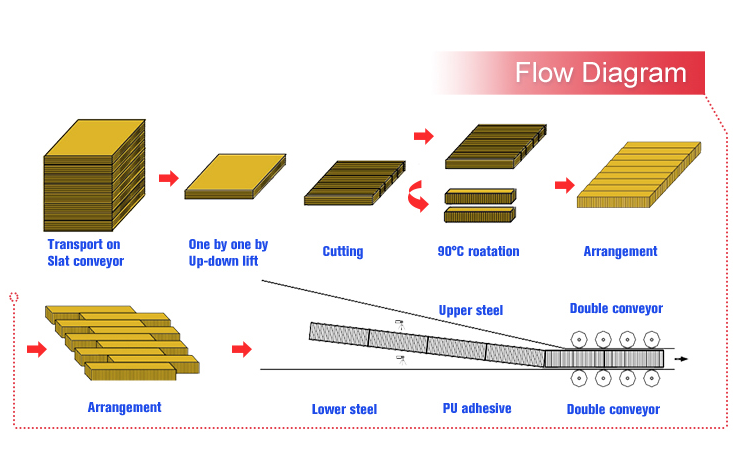Table of Contents

Levelling Device: A Comprehensive Guide
Introduction
Welcome to our ultimate guide on levelling devices! In this article, we will explore the various aspects and uses of levelling devices. Whether you are a DIY enthusiast or a professional construction worker, understanding how levelling devices work can greatly benefit your projects. So, let's dive in and discover the world of levelling devices!
What is a Levelling Device?
A levelling device, also known as a spirit level or a bubble level, is a tool used to determine whether a surface is perfectly horizontal (level) or vertical (plumb). It consists of a glass tube filled with liquid and a bubble that moves within the tube. When the bubble is centered between two marked lines, it indicates that the surface is level or plumb.
The Importance of Accurate Levelling
Accurate levelling is crucial in various industries and applications. Whether you are working on construction projects, installing shelves, or aligning tiles, having a level surface is essential. Levelling devices help ensure that objects are placed correctly, preventing issues such as crooked installations or uneven surfaces.
Types of Levelling Devices
There are several types of levelling devices available, each designed for specific purposes:
1. Traditional Spirit Levels
Traditional spirit levels are the most common type of levelling devices. They consist of a rectangular or cylindrical body with a curved glass tube inside. The tube is partially filled with liquid and contains a bubble. These levels are versatile and can be used for a wide range of leveling applications.
2. Laser Levels
Laser levels use laser technology to project a perfectly straight line onto a surface. They are particularly useful for large-scale construction projects, such as building foundations or installing suspended ceilings. Laser levels provide high accuracy and save time compared to traditional methods.
3. Torpedo Levels
Torpedo levels, also known as pocket levels, are compact and easy to carry around. They are often used for smaller tasks, such as plumbing, electrical work, and picture hanging. Torpedo levels usually have multiple vials for different angles, allowing for greater versatility.
4. Digital Levels
Digital levels provide precise digital readings of the level or plumb position. They are equipped with electronic sensors that display the measurements on a digital screen. These levels are commonly used in professional settings where high accuracy is required.
How to Use a Levelling Device
Using a levelling device may vary slightly depending on the type you are working with. However, the basic steps for using a traditional spirit level are as follows:
Step 1: Set Up the Level
Place the level on the surface or object you want to level. Ensure it is positioned securely and does not wobble.
Step 2: Observe the Bubble
Look at the bubble inside the tube. If it is centered between the marked lines, the surface is level. If not, adjust the position of the object or surface accordingly.
Step 3: Make Adjustments
Based on the bubble's position, make the necessary adjustments to level the surface. This may involve adding or removing shims, adjusting screws, or repositioning the object.
Conclusion
Levelling devices are indispensable tools that ensure accuracy and precision in various applications. Whether you are a professional or a hobbyist, having a levelling device in your toolkit is essential. From traditional spirit levels to advanced laser levels, there is a levelling device to suit every need. So, next time you embark on a project that requires precise levelling, remember to reach for your trusty levelling device!

